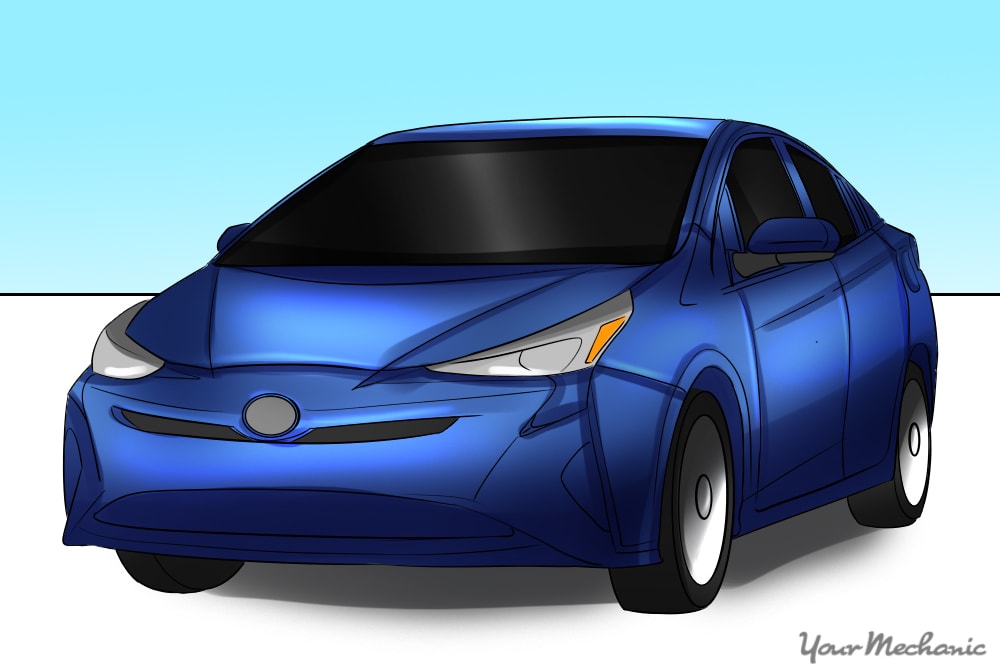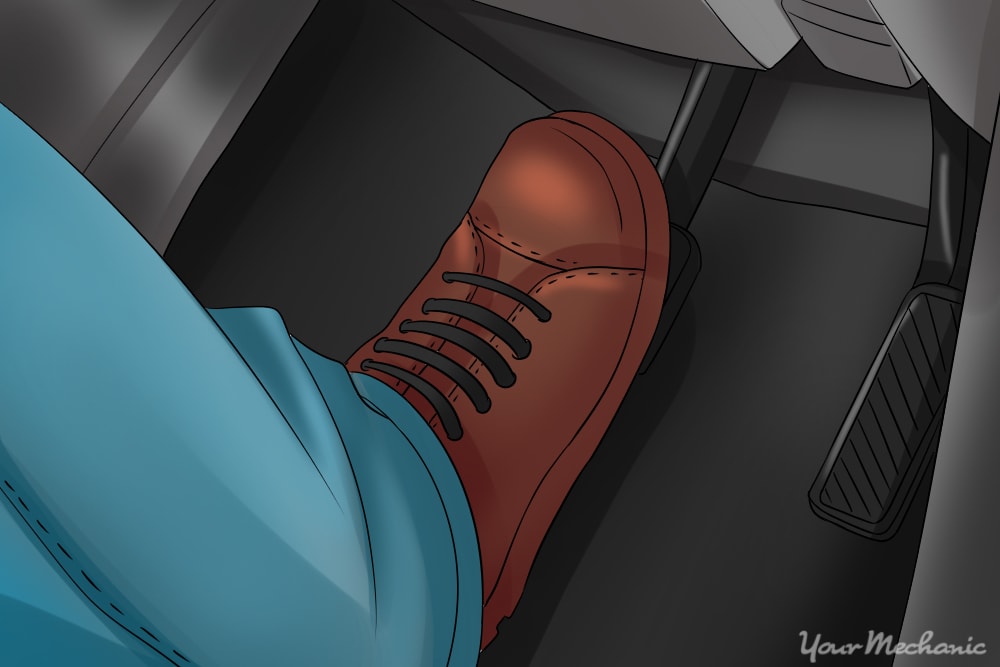

The Toyota Prius is a plug-in hybrid vehicle that uses a combination of a gas-powered engine and an electric motor to propel the vehicle. It is perhaps the most well-known hybrid vehicle on the market and has a loyal following for its innovative design and extremely efficient fuel economy.
One particular part of the technology that Toyota uses in the Prius hybrid is regenerative brakes. Regenerative brakes use the electric motor to decelerate the car - opposed to the traditional method of applying pressure from friction materials at the wheels. When the brake pedal is depressed on a vehicle with regenerative brakes, the electric motor switches into reverse, slowing the car without applying pressure to the brake pads. The electric motor also becomes a generator, producing electricity to recharge the hybrid batteries in the car.
The Toyota Prius, equipped with regenerative brakes, also has the traditional design of friction brakes that are used in the event the regenerative system can’t slow the car quickly enough in cases of failure.
The Toyota Prius has experienced problems with braking in certain model years, particularly the 2007 model year, where the car will not decelerate when the brake pedal is depressed. Toyota issued a recall to address the problems the Prius experienced to prevent unintentional acceleration when the floor mat gets jammed under the gas pedal.
Although the problem is repaired under the recall issued by Toyota, a vehicle that has not been addressed by the recall can still experience unintentional acceleration. If your Toyota Prius develops a runaway condition, you can still bring it to a stop.
Method 1 of 2: Shift the transmission into neutral
If the accelerator sticks while you are driving, you may be unable to brake effectively. You can overcome the acceleration if you can shift the transmission into neutral.
Step 1: Press the brake pedal. If your accelerator pedal is stuck, press the pedal with as much force as necessary to slow the acceleration.
While the car may still be accelerating, it will be at a lesser rate than without pressing the brake.
Keep your foot on the brake continuously throughout this process.
Step 2: Focus on your car’s direction. It’s critical that you keep a cool demeanor and don’t panic.
Your main concern is to safely control your vehicle at all times, so be aware of other traffic on the road alongside you.
Step 3: Hold the gearshift lever in the neutral position. The gearshift, located on the dash to the right of the steering wheel, is electronically controlled.
Press the gearshift to the left position and hold it there. If you let go, it will return back to its resting position at the right side.
Hold the gearshift in the neutral position for three seconds to disengage gear.
After three seconds the transmission will shift to neutral and begin to coast.
Step 4: Continue pressing the brake pedal. The regenerative brake will not work at this point so you will need to press further on the brake pedal for the mechanical brake system to operate.
Step 5: Slow the car to a stop and turn off the engine. Slow your car to a stop in a controlled manner, pulling off the roadway or to the right side of the road, and then turn your engine off.
Method 2 of 2: Shut the engine off while driving
While you are driving your Prius, if your accelerator becomes stuck and your car won’t slow down, you can shut the engine off to regain control of your car.
Step 1: Maintain control of your car. It is critically important to your safety and those around you that you maintain a clear mind and continue steering your car, avoiding potential collisions.
Step 2: Press the brake pedal as hard as you can. Applying the brakes may not overcome the acceleration but should slow the acceleration while you shut the engine off.
Step 3: Locate the power button on the dashboard. The power button is a round button to the right of the steering wheel, and to the left side of the information display.
Step 4: Press the power button. Maintaining control of the steering with your left hand, press the power button on the dash with your right hand.
You’ll need to hold the power button for three seconds to power down your car engine.
Step 5: Control the vehicle as it powers off. Once your engine powers down, you’ll notice changes in your vehicle.
The steering will feel heavier and sluggish, the brake pedal will feel firm, and several lights and indicators on your dash will turn off.
This is normal and you will still have control of your vehicle.
Step 6: Continue to press the brake pedal. Continue pressing firmly on the brake pedal to decelerate your vehicle.
You may find it takes significant effort to apply your mechanical brakes when the engine is off.
Step 7: Pull over to the side of the street. Steer your vehicle to the right side of the road or into a parking lot and come to a complete stop.
If you experience unintentional acceleration in your Toyota Prius or any other Toyota model, do not continue driving your vehicle until the condition has been corrected. Contact your nearest Toyota dealership to check your outstanding recalls and to report the unintentional acceleration. Recalls for this problem on your Prius are performed at no charge. Have all recalls performed as soon as possible once you get the recall notice from the manufacturer.







